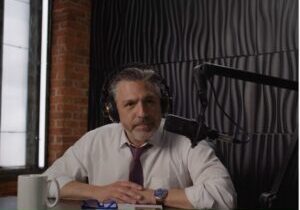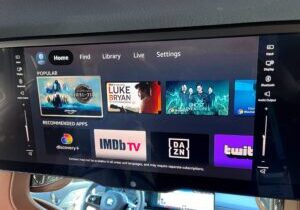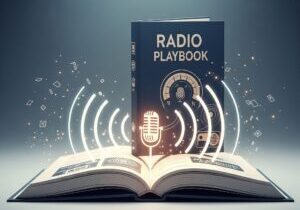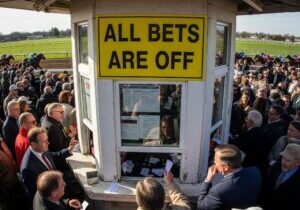
At its root, it seems like the simplest, most fundamental of questions:
Do you know what your job is?
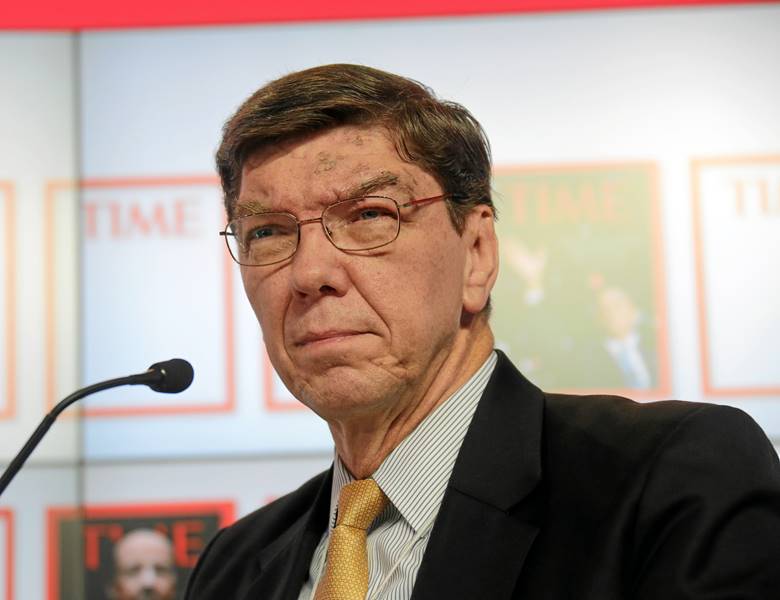
Clayton Christensen
Of course, you do. Many in commercial radio might say, “It’s ratings and revenue.” Or the most narrow view: “To make my Q3 revenue goal.”
After all, in this most difficult of years, many radio companies and the stations they own are struggling to make their numbers. Hitting those financial thresholds is often enough to keep corporate and Wall Street happy – at least for the moment.
If you’re in public radio, 2024 has been unusually challenging. In the largest markets, many stations are running seven figure deficits, unusual in the past, but rapidly becoming the “new normal.” If you asked their managers the same question, some might tell you they’re laser-focused on maximizing donations and membership, while trying to stabilize falling ratings.
But is that truly their “job to do?” That mission was well defined by marketing guru Clay Christensen (pictured) who passed away right before the pandemic struck early in 2020.
At that time the Harvard Business Review editors did us all a service by synopsizing and linking “The Essential Clayton Christensen Articles” all in one convenient place.
You can cut to the chase and read “Marketing Malpractice: The Cause and the Cure.” It sums up why it’s so important for leadership to first understand the tasks a brand’s consumers look for them to do – their “job to be done.”
The example is answering a McDonald’s query: “What is the job a consumer hires a milkshake to do?” Don’t laugh – that question goes to the core of customer needs and the way products deliver. And these days, I would submit to you that many radio organizations have lost sight of their “job to be done.” In other words, why listeners “hire” them in the first place.
When you look at the dynamics of leading brands like Apple, Facebook, Netflix, and Amazon, they are anything but static, continually reassessing their “jobs to do” architecture. It requires discipline to invest in this process, especially when a company is performing brilliantly. And it takes courage to actively question a successful business plan or product – and perhaps pivot in a different direction.
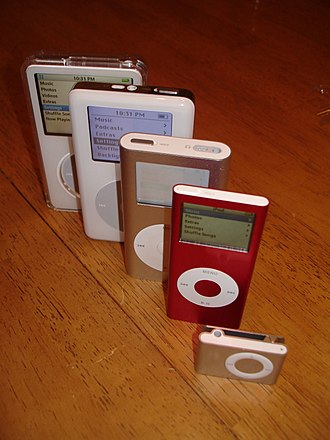
Via Wikipedia
“Disrupting yourself” is one of the most painful marketing maneuvers a brand can make. But sometimes, it’s the only move that makes sense. A classic example is the Apple iPod, an absolutely brilliant rethinking of the mp3 player. The iPod took the world by storm when it launched in 2001, followed swiftly by versions like the Touch, Classic, Mini, Nano, and Shuffle.
But while the iPod was changing the way we listened to music, the company was developing a product that would ultimately make the iPod obsolete. The iPhone was launched in 2007, and in short order, disrupted Apple’s innovative mp3 player. By 2019, iPhone sales passed iPod’s, an amazing marketing sacrifice that often goes uncredited. How many companies would have allowed someone else to develop the smartphone in an attempt to hang onto its successes with iPod?
In this environment, falling behind isn’t acceptable. Just ask Toys “R” Us, BlackBerry, and Blockbuster, to name just three brands that lost their way. All were strong leaders in their categories before their respective and spectacular collapses. All three can deservedly be criticized for losing sight of their unique “job to do.” And they all might have avoided their implosions with a better understanding of why consumers were hiring them in the first place.
And so, we look at radio in 2024, an industry struggling to keep pace in the worlds of entertainment and information.
As the election has played out this summer, there have already been some incredible twists and turns. For two weeks, it’s been “All Biden, All the Time” since the President’s epic fail at his debate with Trump just over two weeks ago. Will he, won’t he, can he, should he questions have dominated news organizations since Biden’s disastrous performance on that CNN stage in Atlanta.
Keeping our “job to do” focus, Biden’s “you had one job” task at the debate was to look presidential, to show command, authority, and turn up the energy against his staunch competitor, Donald Trump. And even by his own account, it wasn’t just “a bad day,” it was a complete and utter debacle.
That was the status quo until early Saturday night when the trajectory of the race for the White House may have changed again. That’s when a shooter in Pennsylvania attempted to assassinate Donald Trump at one of his signature campaign rallies. As I’m writing this, the story is still developing, but the point is, what was your radio station’s “job to do” at 6:11pm Eastern Daylight Time when the shooting occurred?
If you were a music station, a simple “break in” to your regularly scheduled programming might have sufficed, possibly recommending listeners could get more information from the cluster’s news/talk station (assuming it had at least one hand on deck on a Saturday night in July). Sadly, of course, most radio stations were either voicetracked at that hour and/or carrying syndicated programming of one type or another.
As we’ve sadly learned at classic rock stations over the past several years, rock stars don’t usually choose “convenient” times to die. Prince, David Bowie, Clarence Clemons, Taylor Hawkins, and other big names all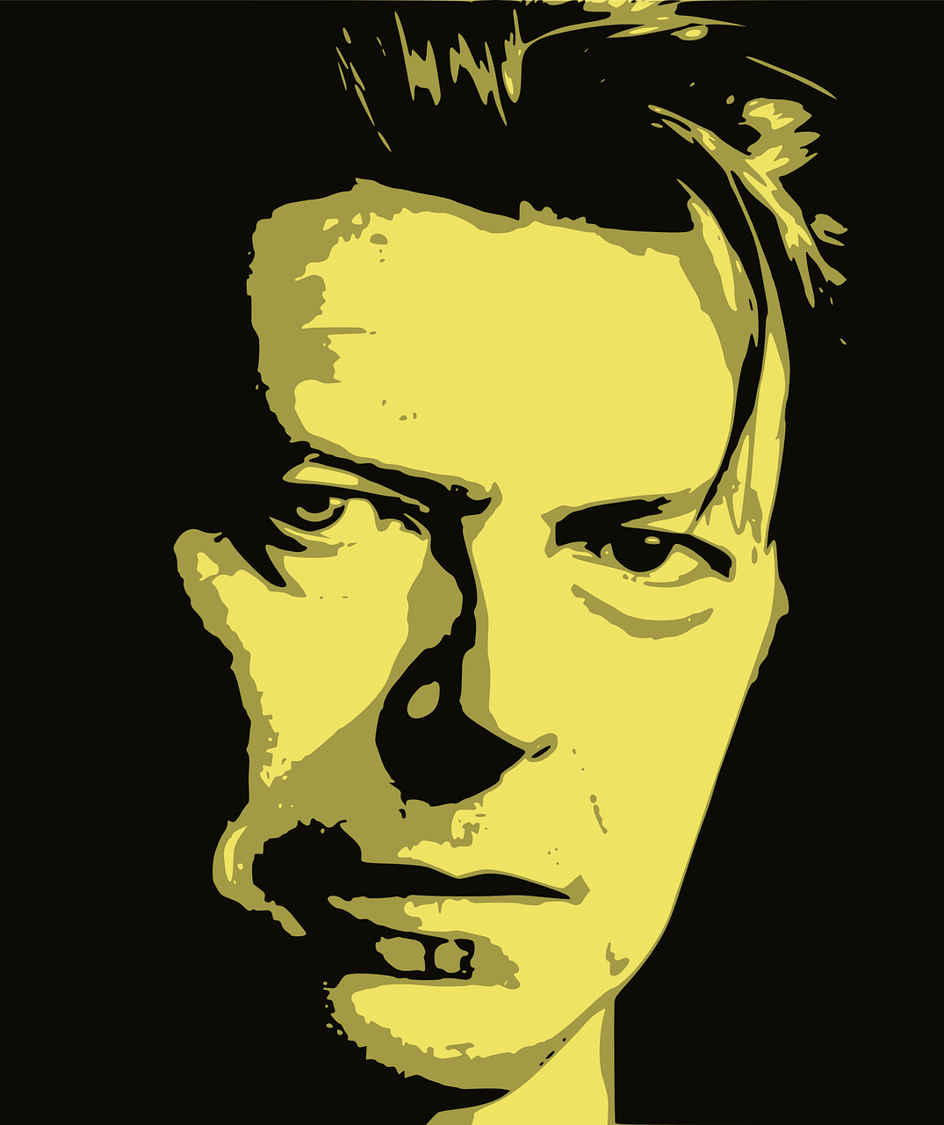 passed away during the evening hours or over a weekend, making it challenging for most stations to announce their deaths, much less cover them live and in real-time.
passed away during the evening hours or over a weekend, making it challenging for most stations to announce their deaths, much less cover them live and in real-time.
Sadly, that’s what social media does – almost always better than radio. And while coverage on social is typically riddled with inaccuracies, conspiracies, and these days, fake AI-generated photos and videos, the biggest “breaking news” is there, if you’re willing to sift through the crap.
Back to Saturday night and the Trump assassination attempt, what did your hometown public radio station do? And as importantly, what – if anything – did NPR provide?
Radio futurologist, James Cridland, asked the same questions in his fine newsletter which hit American email boxes early Sunday morning. While he was up to speed with the BBC’s coverage – in their newscasts just minutes after the shooting, it was harder to find coverage on America’s public radio stations.
A shocking act that will reshape the presidential race https://t.co/gzf8G7YGUB
— BBC News (World) (@BBCWorld) July 14, 2024
Cridland was only able to catch two U.S. public radio streams – KCRW (Los Angeles) and WDET here in Detroit. When he tuned in at 6:35pm EDT, both stations were still in music programming – not surprising. Neither station hangs its hat on news and information. They are both public radio hybrids, running combinations of music, news, and local programming.
But what about NPR and the hundreds of pubic radio news stations all over America? When did the network launch coverage of this megawatt story, and subsequently, when did their affiliates switch to NPR from their lineups of Saturday syndicated programming?
Or did they? And maybe better put, should they have?
I contacted several NPR news-programmed station personnel yesterday to get some perspective on what happened – and what they did. NPR apparently sent stations an alert shortly after the story broke promising coverage at 6:41:35 ET. Many of the stations picked up their feed at that time or later. Some also went to the BBC as mentioned earlier.
So, for NPR, does that represent a timely response to a breaking news story of this magnitude? Depends who you ask. Two different programmers told me that for NPR, the timing was better than usual. But another expressed disappointment that other news organizations were ahead of NPR.
And that brings up public radio’s – and by default, NPR’s – “job to do.” Is “breaking news” part of their mission or are they more about perspective and analysis? Or should they be about both?
I have witnessed the debates and discussions, especially in recent years, when it could be argued that Donald Trump has redefined the news cycle. Prior to his journey down that Trump Tower escalator in 2015, there were actually “slow news days,” a phrase that has become all but obsolete in every newsroom in America.
Obviously, NPR knows this answer for their organization, and ostensibly, so should its legions of affiliate stations. While our public radio version of Techsurvey – PRTS – is designed to address these types of issues, it is a syndicated national survey, and therefore limited in its scope.
Nonetheless, our “Why Public Radio?” question series provides a hierarchy of need system-wide. And when you look at what public radio’s fans prioritize, it reflects the legacy “core values” many news directors espouse to this day – values like trustworthy and objective programming, learning new things, and respecting the intelligence of the listener. These are all values NPR and public radio stations believe in and support in their work.
We use the “CV” designation to represent these coverage tenets, and the chart below shows their prominence and strength. And you’ll note that well down this list is “breaking news.” Most observers would likely agree part of public radio’s raison d’être is providing perspective after – even a day or so later – a story first breaks.
About one in four (26%) says “breaking news” is main driver for their listening to public radio.
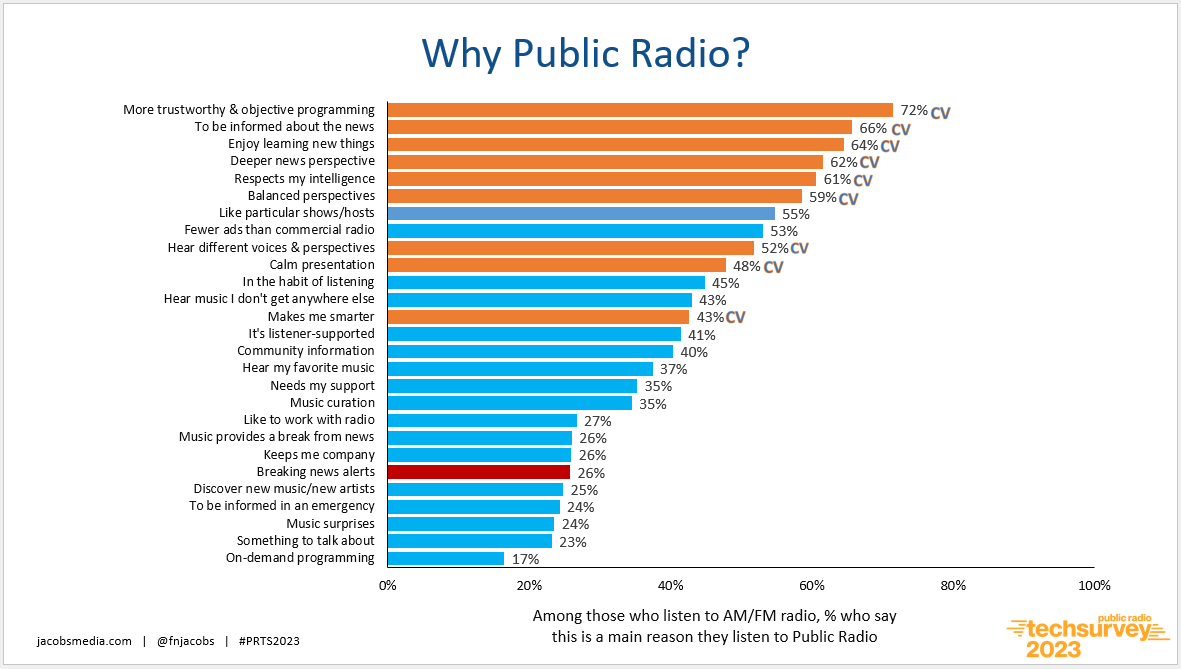
(PRTS 2024 is currently in the field, but I snuck a look at the data, and similarly, “breaking news” is well down the pecking order public radio fans deem to be of utmost importance. This would seem to indicate “breaking news” is not why most public radio fans “hire” these stations.)
Still, the landscape has been reshaped by Trump’s presence and impact for nearly a decade now. How that plays out in the next several years is a great unknown, of course. Events of just the past couple weeks should be reminders to all of us – inside and outside of newsrooms – that the only constant is, of course, change.
Public radio ratings in many markets have lagged during the past year or so. Is any of this attributable to a more thoughtful, slower-paced approach to news coverage? And if “breaking news” is to be an integral part of NPR and public radio news stations’ coverage architecture, can it compete with other news organizations whose priorities are to disseminate news in real time, as it breaks?
Some might argue the accelerated cascade of “breaking news” demands a level of heightened coverage on public radio’s NPR News stations. It’s hard to argue with that. But in order to pull it off, the network and its affiliates need the resources and the necessary staff. As we learned once again on Saturday, news often “breaks” at inconvenient times. Someone’s got to be there to cover it.
Clay Christensen’s probing questions, of course, aren’t just for news radio stations. Commercial radio – especially music stations – might perform a similar analysis on their programming efficacy.
 In a world with Spotify, satellite radio, and podcasts, has the mission of most music stations changed? Has their “job to do” been shifted by digital media? And if so, are most broadcasters aware of these changing consumer needs, and if so, have they adjusted?
In a world with Spotify, satellite radio, and podcasts, has the mission of most music stations changed? Has their “job to do” been shifted by digital media? And if so, are most broadcasters aware of these changing consumer needs, and if so, have they adjusted?
Or is it business as usual at most commercial radio stations, many of whom prioritize diaries and meters ahead of consumers? What can they possibly offer to their still impressively large audiences they cannot get from other media sources? That, as Clayton Christensen would no doubt agree, is the question.
It is an especially salient one at a time in radio – both commercial and public – when resources of both the human and financial varieties are at a premium. There are no extra staff sitting around nor are there budget surpluses – most stations are scraping along, trying to do more with less.
All the more reason to know the “job to be done.”
There’s one distinction to be made in the broadcast radio ecosystem – and that’s Christian radio. It would not be hard to make the case most have a firmer understanding of why consumers hire them. Especially since Covid, more and more regular folks have found themselves personally and even professionally adrift. The moorings that once tethered their lives have become loose, causing consternation and confusion. Radio that provides faith, inspiration, hope, encouragement, comfort, and an uplifting spirit has great value and purpose in this precarious environment. For Christian radio, that’s their “job to do.”
Aside from that exception, most broadcasters have some homework to do in order to better pinpoint how their brands can deliver more of what consumers really need, whether it’s the morning team, the music hours, talk hosts, and some of the extras, including event marketing and community causes. At one time, consumers may have defined themselves by the type of music they liked best, but that ship sailed long ago. Today, it is much more about the communities they are a part of, transcending the most popular 250 songs in a music format or the same warmed over topics that once sustained talk stations.
Radio still has an important job to do, and the good news is that it’s different from competitors like DSPs, satellite radio, and podcasters.
The task at hand is for the radio broadcasting industry and its key players to figure out what that is.
And that’s no easy job to do.
In a postscript, events like the Trump assassination attempt test news organizations to their core. In NPR’s case, the jury was certainly “out” about their on-air breaking news coverage. Of course, the network’s digital presence has only been amplified and emphasized, especially over the past decade.
digital presence has only been amplified and emphasized, especially over the past decade.
Yet, a look at “Up First,” their daily newsletter indicated the Sunday edition may have been put to bed too early the day before. This earth-shaking event simply went uncovered yesterday, a major miss. It is one thing to “meet the audience where they are,” but the onus is on news organizations to ensure the quality of all their products is timely and relevant.
Conversely, the New York Times has most certainly become a “digital first” media outlet. I’ve subscribed to the physical paper on Sundays for as long as I can remember. Oftentimes, the Sunday paper’s headline was dated, missing a story or two from the previous day. My assumption was the Sunday paper’s out of town edition was put together late afternoon on Saturday. So, I was pleasantly surprised yesterday morning to see the Sunday Times sitting on my front porch at 6:30am looking impressively current:

The Times may be hyper-focused on its digital offerings, but it was reassuring to see the “old school” print edition reflect the biggest news story of the year. – FJ
Originally published by Jacobs Media


